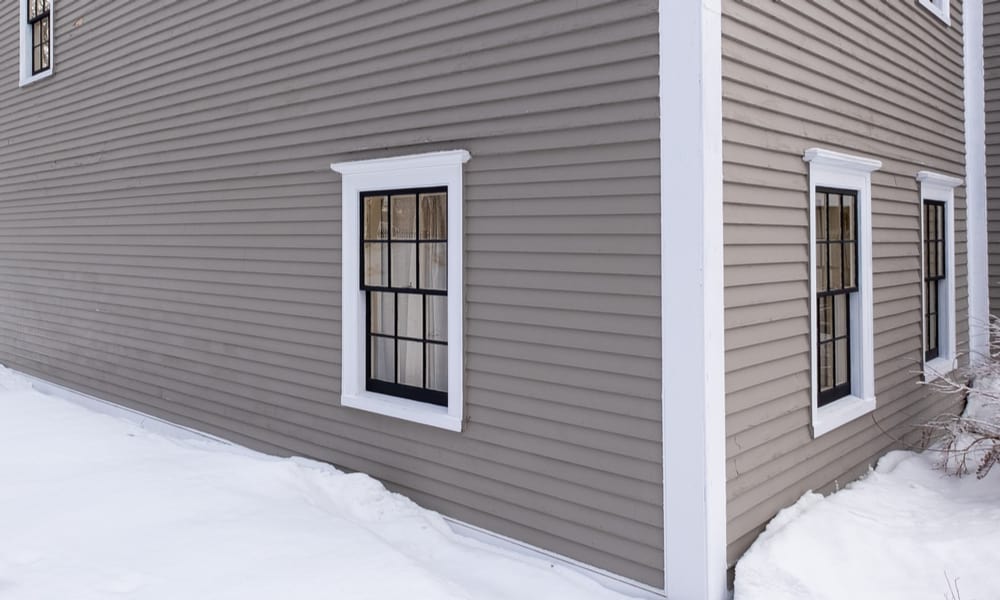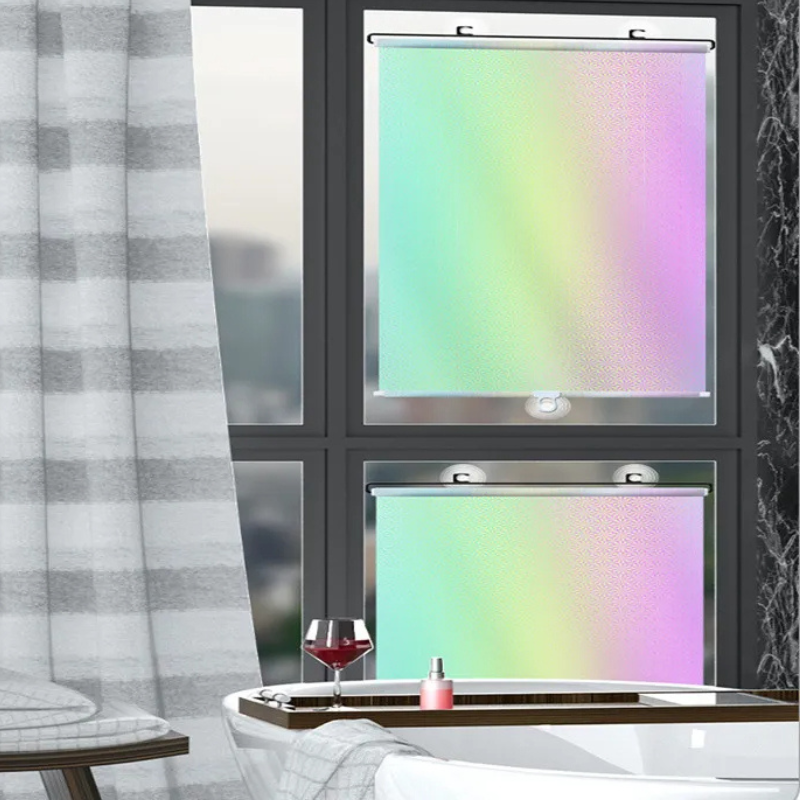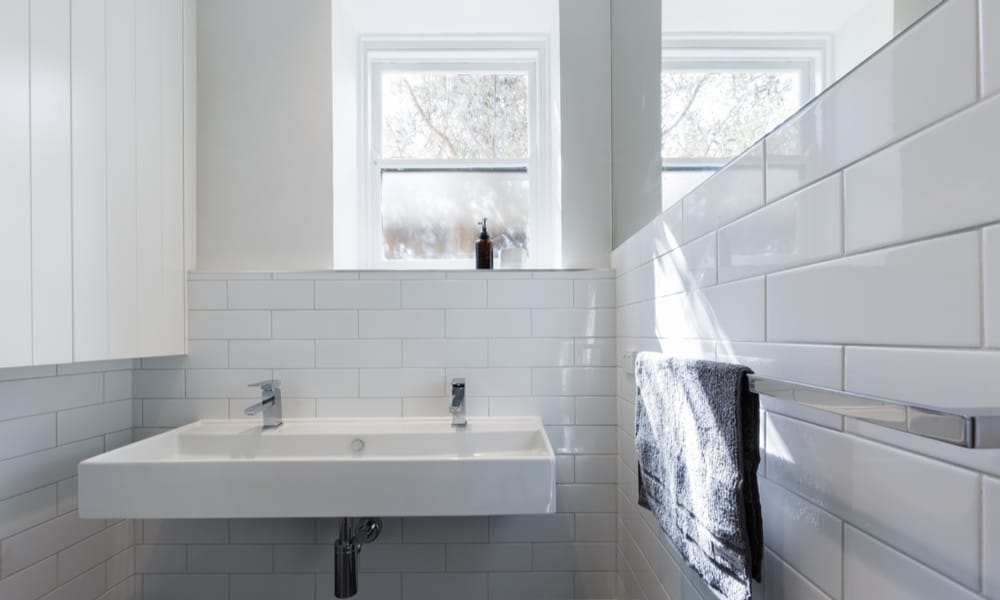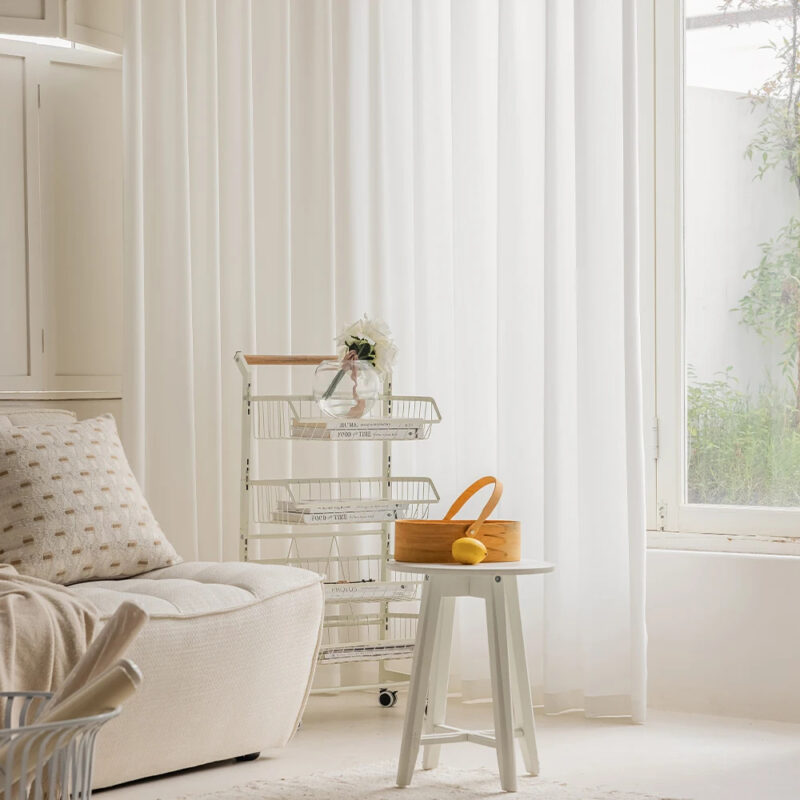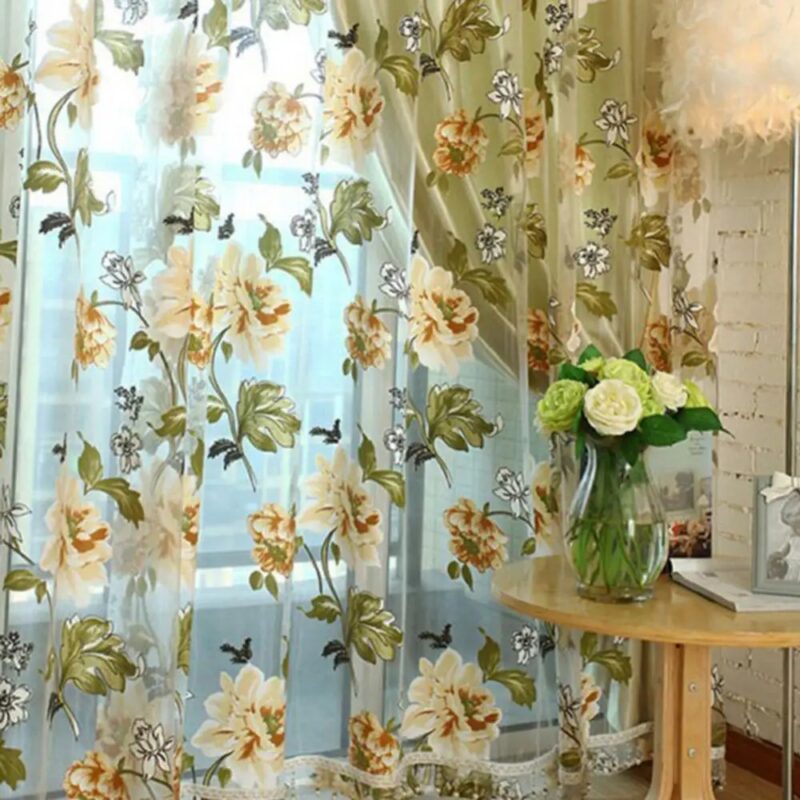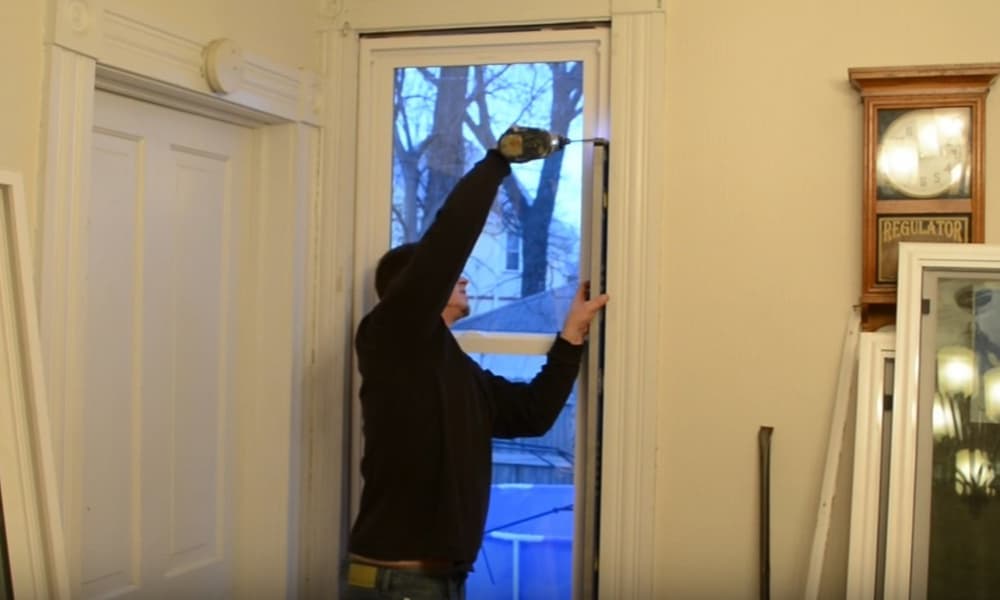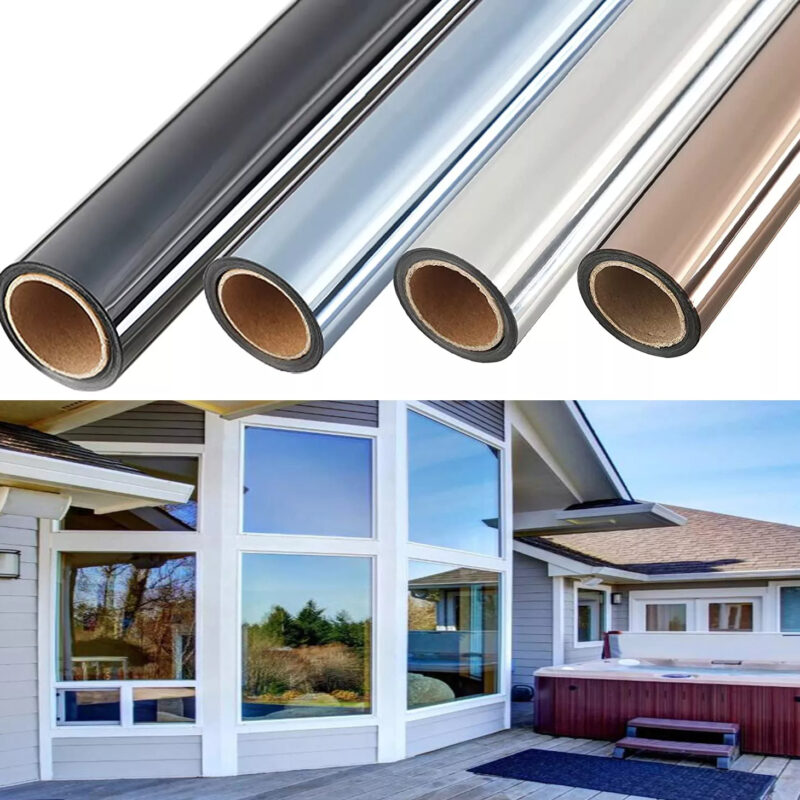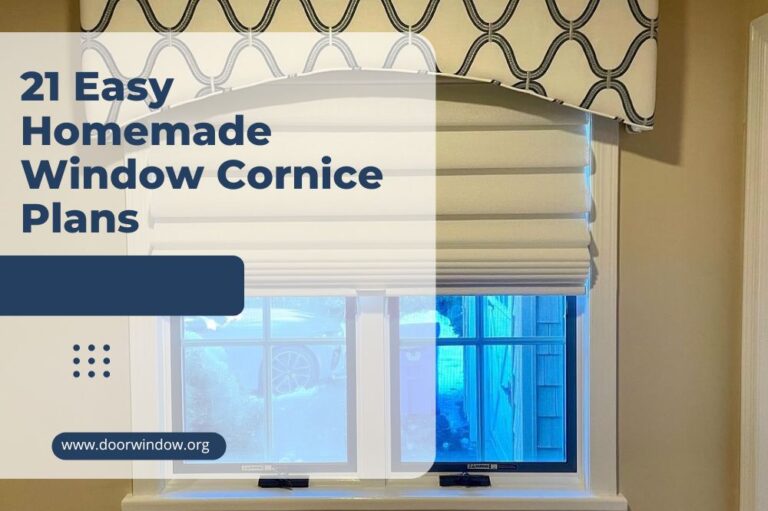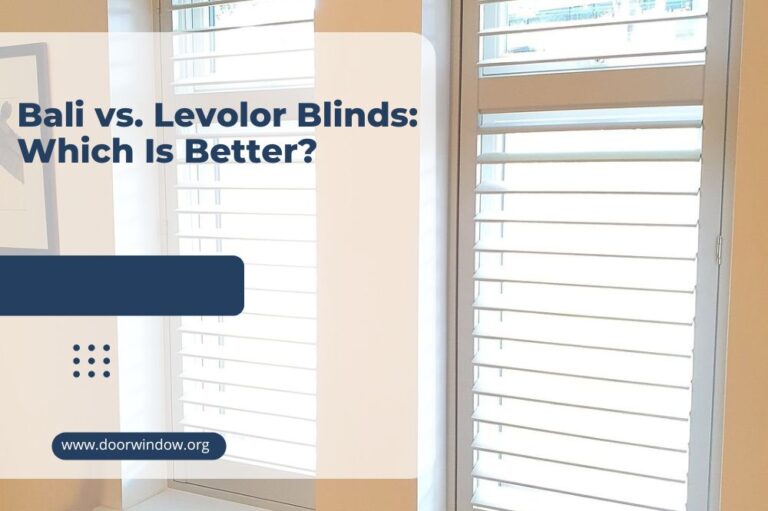Single Hung vs. Double Hung Windows – What’s the Difference?
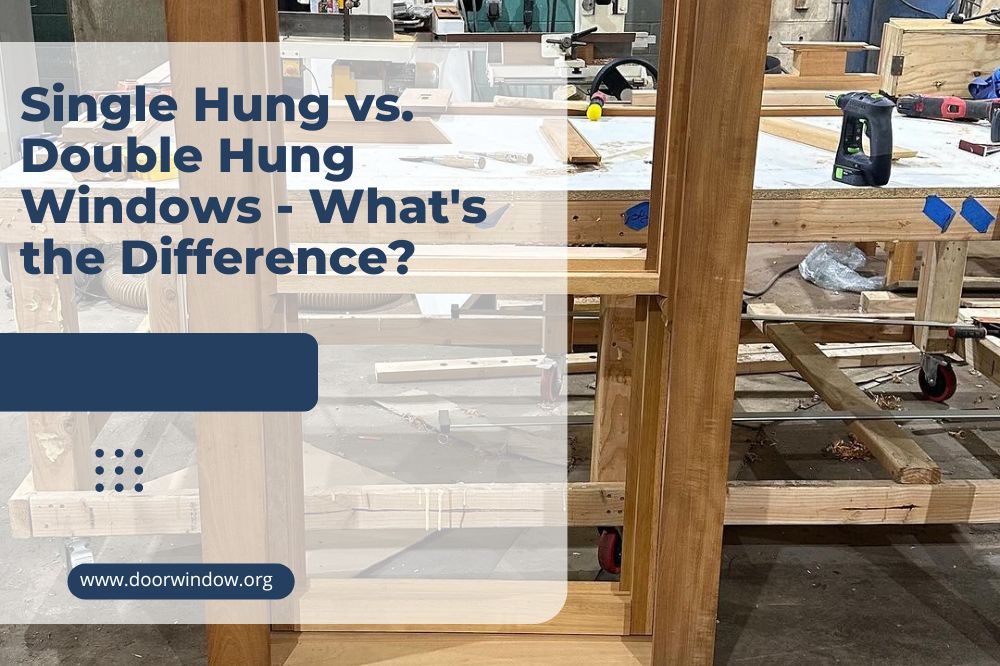
When it is time to replace windows in your house, the first choice you need to pick out single hung vs. double hung windows. At first glance, they appear almost identical. However, a double-hung window is a better solution for the first floor, and the single hung window is an excellent choice for the upper floors.
Basically, the main difference between the single hung vs. double hung window is in the top window sashes. They are fixed in single hung models, which means that you can only use the bottom sash. Therefore, most people prefer the double-hung type of windows for their homes.
What is a Single Hung Window
The single hung windows are more conventional since they last for years and provide excellent weather protection. You can see them in many traditional houses. Moreover, most of the old, historic buildings keep the authentic exterior look and don’t replace the single hung windows.
Nowadays, you can order a custom-made single hung window to fit the style of your house. The upper sashes come in many shapes and sizes. Many property owners choose this model of windows since it is cheaper than a double-hung option.
What is a Double Hung Window
Both the single hung vs. double hung window have their benefits, but the double-hung ones become more and more popular these days. You can see that most modern office buildings have double-hung or picture windows rather than single-hung models.
The double-hung windows come in many styles, and you can see that their choice in the market is somewhat wider. They cost more, but you can choose from various materials and glass types.
The reason why homeowners decide to replace their single hung windows with double-hung ones is that they offer more airflow and better ventilation. Plus, they are safer, especially if you have toddlers or pets in the house.
History of the Single and Double Hung Windows
Until the window sash was invented in the mid-17th century, the sliding windows opened horizontally. By the end of the century, the single hung windows with the bottom opening sash became highly popular.
In the past, window glass was expensive, so some architecture styles, like in Georgian homes, preferred single hung windows with small pieces of glass, so-called muntins. These windows had twelve over twelve or nine over nine glazing bar designs.
However, in the 19th century, Queen Anne style improved the double-hung windows. They had six over six window panes in every sash, which resulted in the less obstructed view. Nowadays, other than preserved historic buildings, most double-hung windows have only one piece of glass per sash.
In 1920, Trussed Concrete Steel Co. started producing the double-hung windows for factories and warehouses. They provided more daylight so that workers could extend the work hours.
Until recently, the double-hung windows used a system of counterweights for opening the window sashes. However, contemporary options have slide tracks, which make them open and close quickly.
Differences in Single Hung vs. Double-Hung Window
There are primary differences between single hung vs. double hung windows, which are crucial when choosing windows for your home.
1. The difference in ventilation
One of the essential disadvantages when choosing the single hung vs. double hung window is that you can open the single hung window only by raising the bottom sash. When you do it, it partially covers the immovable upper sash.
That way, you can let the airflow only in one direction. That limitation can lead to the problem with moisture if you have this type of window in your bathroom, for example. Over time, you can notice an unpleasant odor, steam on the bathroom tiles, and mold on the walls.
On the other hand, the double-hung windows offer better airflow and ventilation. You can slide both upper and lower panels at the same time. That way, warm air exit through the upper sash while the cold enters through the bottom, and circulation through the room makes a pleasant breeze.
2. The difference in energy efficiency
The single hung vs. double hung window energy efficiency is different. In winter, the single hung windows may seem like a better idea since the fixed sash is more airtight, and non-movable parts prevent air drafts.
If your double hung window is old and the upper sash doesn’t close tight air draft, you can waste over 40% of energy. Consequently, your heating costs will increase. However, new double-hung windows are highly energy-efficient.
As long as you install and maintain them properly, they won’t allow any drafts. Each window sash on the double-hung window closes tight, so no energy waste is possible.
Nowadays, many manufacturers use low emission glass for the double-hung windows because it reflects heat in the room and prevents temperature loss.
3. The difference in window maintenance
In the matter of maintenance, the double-hung windows take the lead since the cleaning process is quick and effortless. You need to approach both the sashes, tilt them down, clean the glass, and close the window back. The whole time you are inside the room, and all you need is a cleaning product and a cloth.
On the other hand, single-hung windows demand more attention. Reaching the upper corners of these windows can be a problem if your window is upstairs. Since the top sash doesn’t open, you need to use a ladder to climb while cleaning.
Therefore, some homeowners choose to hire professional window cleaning companies. The same goes for office buildings. Their single hung windows on the higher floors are almost impossible to reach without professional equipment.
4. The difference in safety and security
For you, safety should come first. Therefore, the security level of the single hung vs. double-hung window is crucial. The double-hung windows have two window locks, one for top and one for the bottom window sash.
Also, the design of the double-hung windows includes two parallel tracks for each of the window sashes since the window frame needs to hold more weight. Therefore, it is stronger, offers more stability, and it is more difficult to break down at the same time.
You can only open the bottom sash on the single hung window. On the other hand, the possibility to open the top sash on the double-hung window provides more safety for families with small children and pets. Also, you can adjust the level of this window opening.
5. The difference in installation and repair
When it comes to the single hung vs. double hung window installation, the difference isn’t negligible. Since the single hung window has fewer movable parts, it is easier to install. In fact, you can do it alone if you are skillful.
Nowadays, you can purchase the single hung window as the fixed unit. This way, you will need minimum time and skill to lift the window and place it in the frame. Choosing a DIY project, you can save a lot of money on labor costs.
On the other hand, the upper and lower panels of the double-hung windows are more complicated to install. You should hire a professional for that job to get a window that opens and closes properly. It is also vital that the window precisely fits the measurement.
Repairing single hung vs. double hung window is in reverse. If you have the single hung windows, you will need a professional when the glass on the top sash breaks. That leads to additional costs since you need to replace window panes with the new one.
If the double-hung window breaks, most manufacturers can send you a new sash, and you can replace it by yourself. If your window comes with a warranty, you most likely won’t need to pay anything.
6. The difference in costs
Many traditional buildings have single hung windows because of their affordable prices. If you compare the single hung vs. double hung window costs, you can see that the single hung window will cost you 10 to 25% less than the double-hung one.
On average, the price for the single hung window is $100 to $300, while the most affordable double-hung window will cost you at least $400. If you look for better quality, you will need to pay even $700 for it.
Installation costs for one single hung window are from $75 to $100. For the double-hung window installation, you need to pay from $150 to $250 per window. Therefore, if you want to replace all your windows at once, you can save a lot of money by choosing the single hung windows.
However, the initial investment for double-hung windows will pay off over time since they save more energy. Therefore, you will pay less for heating in winter and save on electric bills in summer because of less use of the air conditioner.
Summary
The single hung window is affordable and easy to install. If your primal concern is a budget, you should purchase this particular model. However, it is hard to clean, its top sash doesn’t open, and it allows limited airflow.
On the other hand, the double-hung windows are more practical. You can open them quickly and adjust the airflow to fit your needs. They will cost you more, but they provide better safety and savings in the long run. In any case, the final choice is up to you!


